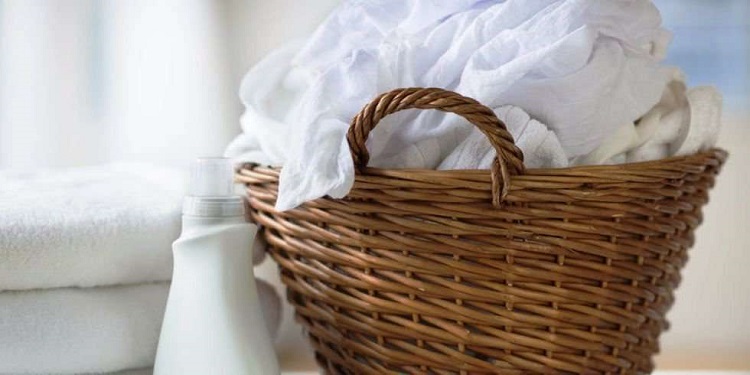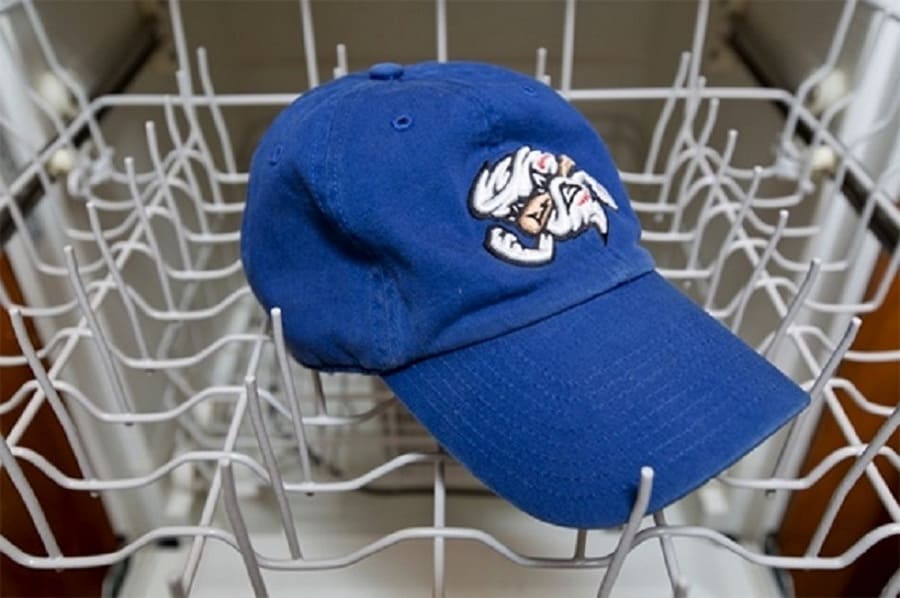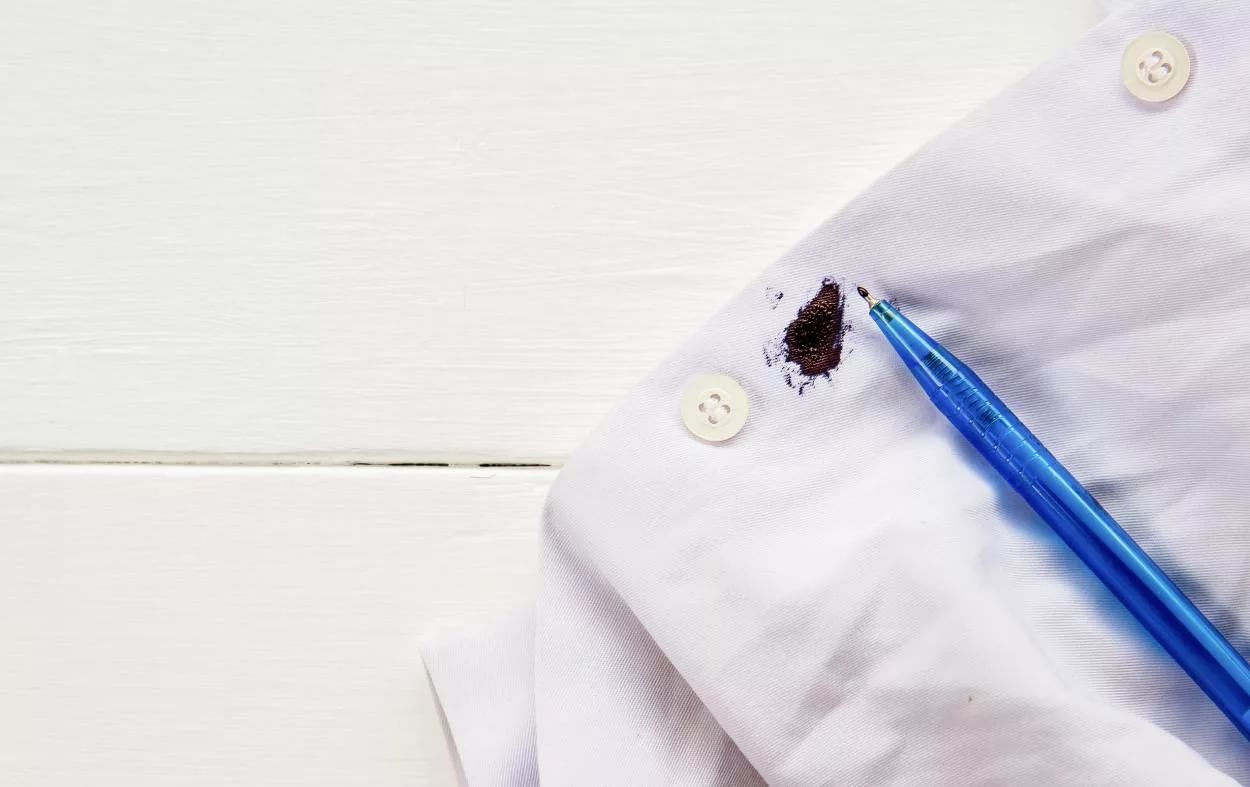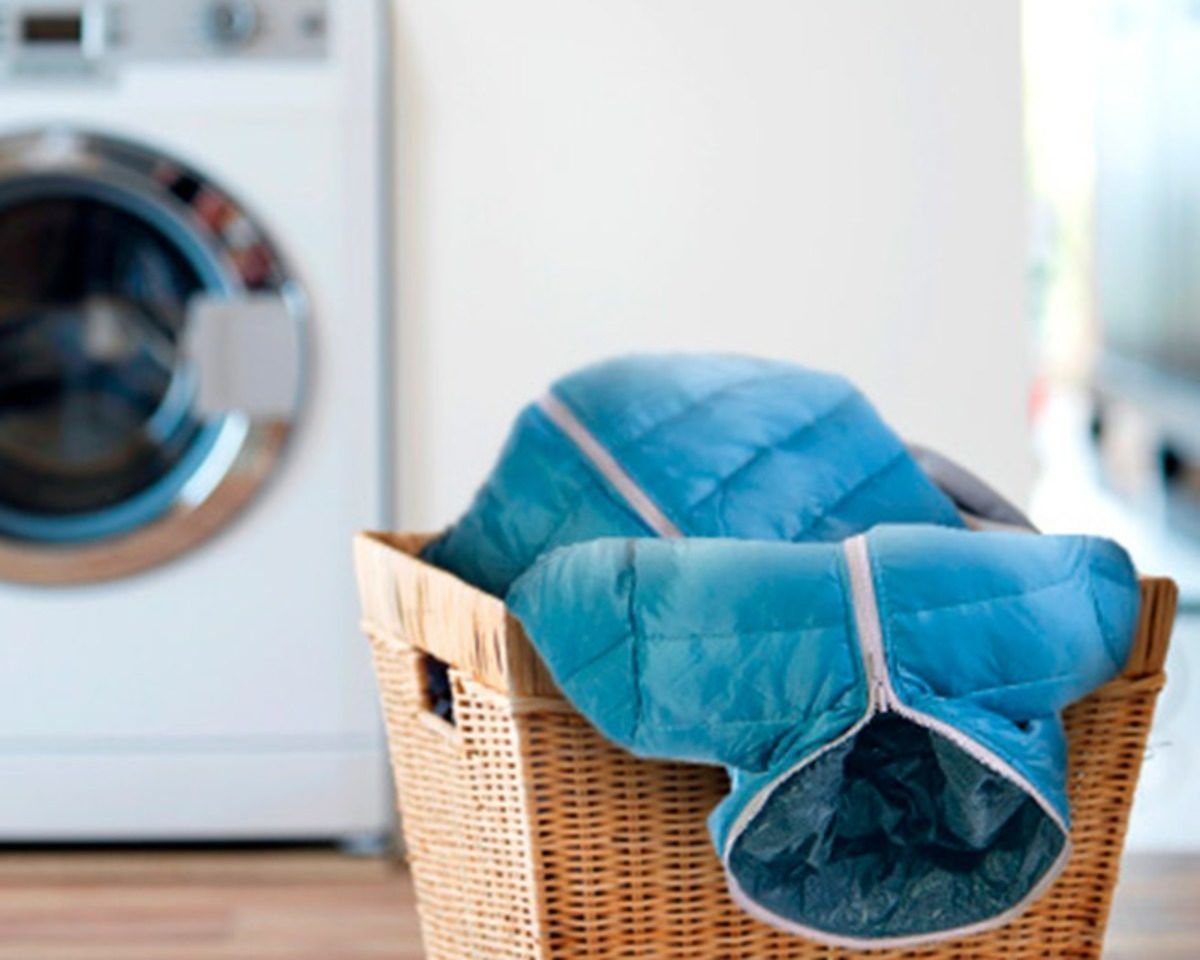Before using outerwear, it is important to understand how to clean it. This will help to avoid color loss, changes in the appearance of the item, and the appearance of pellets. For those who want to save on dry cleaning, information on how to wash a coat will come in handy, choosing the necessary mode and safe detergent for this. It is also important to immediately learn how to dry it so that there are no dents from clothespins and an unpleasant odor.
Basic rules
To understand what mode you can wash your coat on, you should study the clothing tag. It indicates the possibility of machine cleaning, the required temperature level, the desired chemical composition of the powder and the ironing method. The label may also contain crossed out or regular signs that you need to understand:
- Temperature. This sign is placed first. The basin with the number inside shows at what temperature the coat should be washed.
- Iron. Indicates that the item can be ironed. It is also important to remember that this should be done from the inside out or that a damp gauze should be placed between the surface of the fabric and the iron to avoid burning or damaging the coating. There are dots on this sign. One means that ironing should be done at low temperatures (110 ℃), two at medium temperatures (150 ℃), and three at high temperatures (200 ℃). The absence of dots means that ironing can be done without restrictions.
- Circle. If it is empty, then dry cleaning of varying complexity is allowed. If there is a letter A inside, you can use any solvent. The P symbol means that trichloroethylene cannot be used. When this sign is underlined, a weak mode is required. F means that mild solvents are recommended. If the circle is crossed out, then dry cleaning is completely prohibited.
- Triangle. If it is empty or has the CI designation, then bleaching is allowed.
- Wringing. If an empty circle is drawn in the square, any wringing is allowed. When the sign is crossed out, strong impact is prohibited both in automatic and manual mode.
- Drying. A simple square indicates the possibility of automatic drying. An envelope indicates that the fabric may stretch after washing. It is recommended to dry such an item only in an unfolded form. An icon resembling a radiator shows that vertical drying is allowed.
Whether the coat can be washed in a washing machine is indicated on the label. It is advisable not to use strong bleaches on the item, as the fabric will be damaged and pellets will appear on it.
If the sign on the clothing label is crossed out, then this action is not allowed for the item - the product may become deformed.
How to Prepare a Coat for Washing
Before washing a coat, you should check the contents of the pockets and remove any foreign objects. If there is fur on the hood or cuffs, it should be unfastened. The decor on the surface of the clothing should also be removed if possible. Before the procedure, the product should be fastened and turned inside out to avoid damaging the drum with a zipper or buttons.
Bleaching is carried out before washing, since the substance may not remove stains during general cleaning. Then the coat will have to be washed again. Also, before bleaching, you should test the product on an inconspicuous area of the fabric, since the material may behave differently under its influence.
For hand washing, the product should be pre-soaked in warm water to avoid difficulties in removing stains later. You can also add powder if you wish. Some items should not be wetted too much. Whether a drape coat can be washed depends on the exact composition of the item. If wet washing is not possible, clothes are sent for dry cleaning. This method prevents items from shrinking and deforming too much.
Before washing a coat at home, the product should be cleaned with a hard brush to remove dust particles and lint. If necessary, you can use a roller to collect excess debris. If there is no roller, you can use a vacuum cleaner with a special attachment.


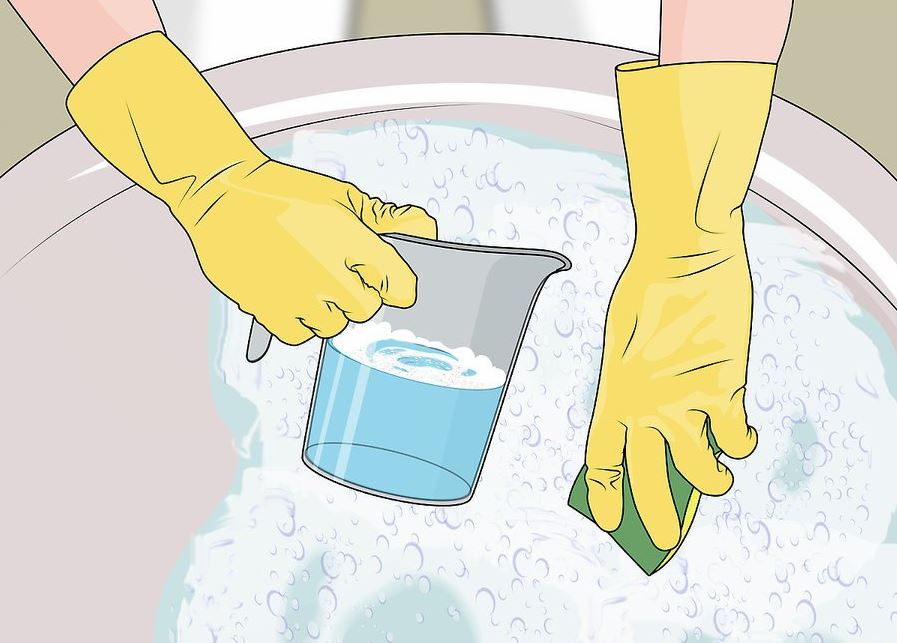
Features of the procedure depending on the material
Depending on the material of the garment's coating, the cleaning procedure may vary greatly. On the label, the temperature indicator with hands means that the coat cannot be washed in a washing machine. In this case, it is recommended to carefully wash the item in a basin. Possible cleaning agents for use are indicated on the label. It is better to rinse the coat in cool water so that the fabric does not shrink.
If washing the coat is prohibited, then carpet shampoos are used, which are then vacuumed.

Drapovoe
It is not advisable to wash a drape coat at home; only dry cleaning is used. When wet, the fabric shrinks significantly. It is also difficult to wash such clothes because of their weight, which increases during washing. Dry cleaning involves using a brush or roller. Both tools are easy to find on the market. A brush removes dust or various pellets well, and a roller removes hair and wool.
Wash the drape coat by hand and in cool water, using a gentle powder. Dry it by laying it out on a flat surface. The room should be warm and well ventilated.
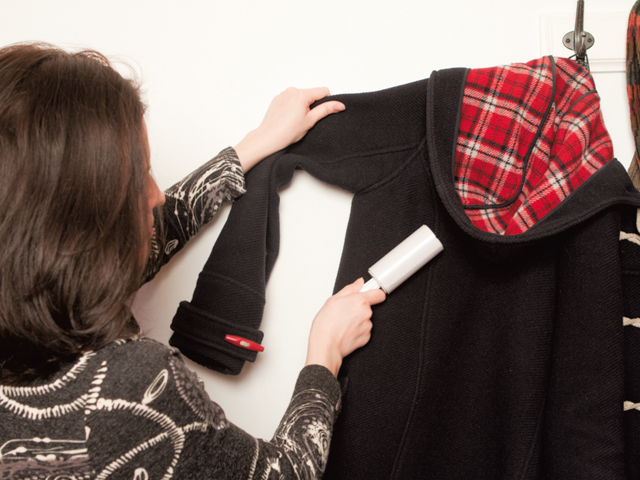
Cashmere
You can wash a cashmere coat at home by hand or in a washing machine. The temperature should be 20-30 ℃ to prevent shrinkage. Before washing a cashmere coat, choose a manual or delicate cleaning method. The spin should be set to minimum speed or turned off completely, and be sure to use conditioner for rinsing. For machine washing, only liquid detergents should be used - this way fewer stains remain on the surface of the material. When spinning by hand, it is important to press gently on the fabric.


Woolen
It is recommended to wash a wool coat at home only by hand, as it will lose its shape and structure in the washing machine.. The water temperature should not exceed 30 ℃, and the cleaning agent should be thoroughly foamed in it. The coat is soaked for 60 minutes, and it should be completely immersed in soapy water. After this, the item should be taken and moved up and down in the water. Particularly dirty areas should be wiped with your fingers or a foam sponge.
After the procedure, the clothes must be thoroughly rinsed in water at the same temperature and make sure that there are no stains left on the surface. If desired, you can use hair conditioner as a rinse. It will add softness and prevent the appearance of a large number of folds on the product when drying. Next, you need to wring out the item with light hand movements with minimal pressure, without twisting it. You can find out how to wash a wool coat at home by studying the label.
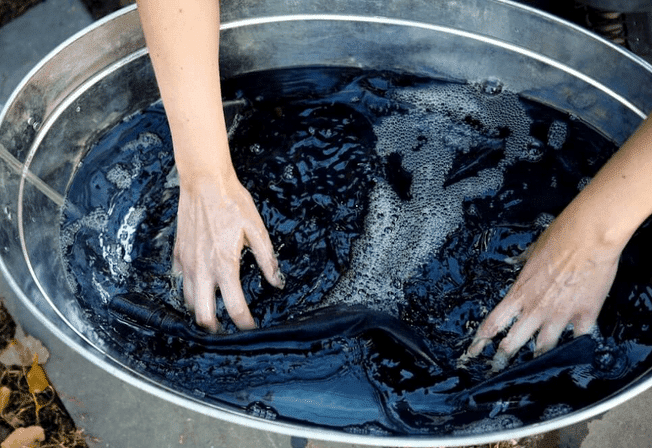
Made of synthetics and polyester
Coats made of these materials can be washed both in an automatic washing machine and by hand. In the first case, it is advisable to place the item in a special bag so as not to damage the drum. The temperature should be 30-60 ℃, depending on the instructions on the label.
When choosing powder, you need to look at the color of the coat. If the item is dark, it is better to use a liquid product to avoid leaving streaks. For light-colored clothes, granulated powder is also desirable. When hand washing, do not stretch the fabric or use brushes, as this may cause it to lose its shape. It is advisable to rinse in cool water with a small amount of conditioner.
Bleaches cannot be used on synthetics.
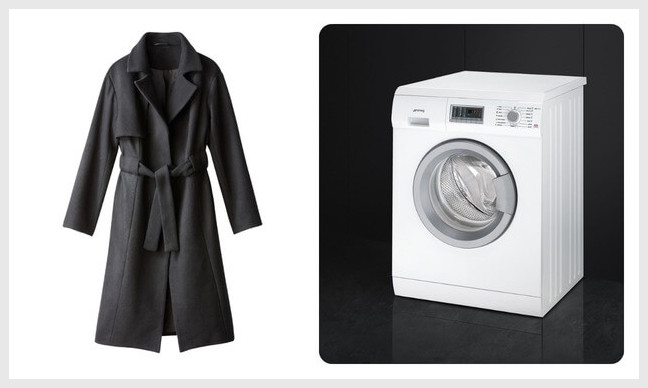
How to dry
At home, coats should be dried in a well-ventilated room or on the balcony. This is important so that there is no damp smell when drying. Cashmere should only be dried laid out, and wool can simply be hung on a hanger and the water can drain. You should be especially careful with combined items. For example, wool and polyester clothes should be dried in the bathroom on hangers. When all the water has drained, you need to steam it using damp gauze.
Drying time depends on weather conditions and fabric. Washed synthetics will dry faster than wool. If desired, you can use a hair dryer. It is necessary to dry the coat, having straightened out all the folds well. Clothes should not be left on radiators or in direct sunlight, as they will become stained.
If drying takes place indoors, then a basin or other container should be placed under the item to avoid wetting the floor.



The nuances of washing a winter coat with filler
When washing a coat with filler, there are several factors to consider:
- the water temperature should not exceed 65 degrees;
- Stubborn stains should be removed by hand using soap and water;
- to prevent the filling from getting clumped together during hand washing, it is necessary to shake it;
- When drying, you need to wait until the water drains and lay the coat out horizontally.
If lumps have already formed, then you need to shake the product well. If this does not help, then you can wash the coat in the washing machine again. Then the filler will disperse again and it will be easier to distribute it under the lining. You can purchase special washing balls that will prevent the fur from bunching up when the item is swirled in the drum.
If dry cleaning is not affordable, you can wash the coat yourself, but strictly follow all the recommendations. It is very important to read the labels, instructions for cleaning products. You need to be especially careful when choosing folk methods to combat stains.
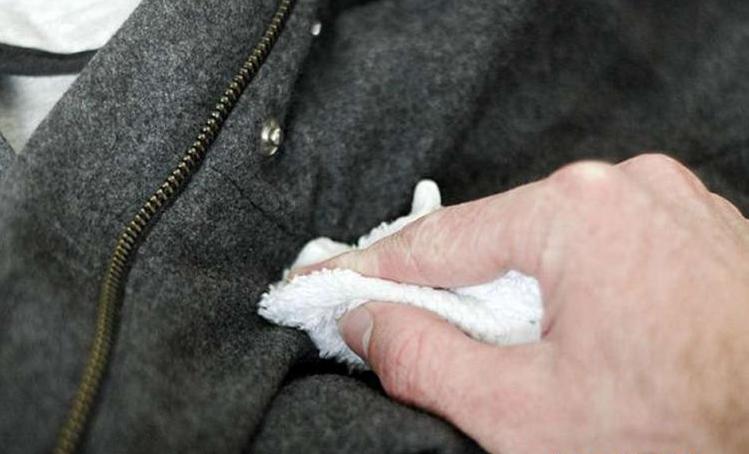

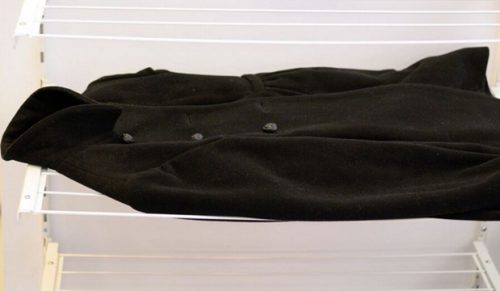
Video



